A bus ride to the Albufera Nature Reserve, located just one hour outside of Valencia, is probably the cheapest and easiest day trip you can take. And you should – since the region is absolutely beautiful and inspiring.

Yes, there is so much to see within Valencia’s city limits. And if you need a break, you can relax at the green belt which is the Túria Park, or the great beaches on the east side of the city.
And yet, there is a wonderful region that should urge you to leave Valencia at least for a couple of hours.
It’s the Albufera Nature Reserve around eleven kilometers south of the city center.
Albufera
An Albufera is a lagoon, hence, a shallow, semi-enclosed coastal water connected to the ocean and protected by a sandy barrier.
The Albufera Valenciana is one of the largest and most impressive lagoons in Spain. It lies on the coast of the Gulf of Valencia. The lagoon is the central part of the Parc Natural de l’Albufera de Valencia, a nature reserve with a size of more than 21,000 hectares.

Originally, the lagoon contained saltwater. Yet, ever-growing sandbars increasingly cut it off from the sea. At the same time, the inflow of freshwater through creeks and canals diluted and finally converted it into a freshwater lake already back in the 17th century.
Today, the Albufera Nature Reserve is one of the most beneficial coastal wetlands in the Valencia Region and the Mediterranean basin. In 1986, it was declared a Natural Park. It also gained international recognition by being added to the Ramsar Convention’s List of Wetlands of International Importance in 1990. Also, in 1994, it was declared a Special Protection Area, short SPA.
Home’N’Habitat
The natural biodiversity of the reserve allows a wide variety of flora and fauna to thrive and be observed throughout the year.
Lots of birds – big and small – enjoy the hospitable environment. Supposedly, there are 10,000 red ducks and even 20,000 common spoonbills swimming’n’waddling around the Albufera. Also, there are remarkable colonies of herons and egrets.
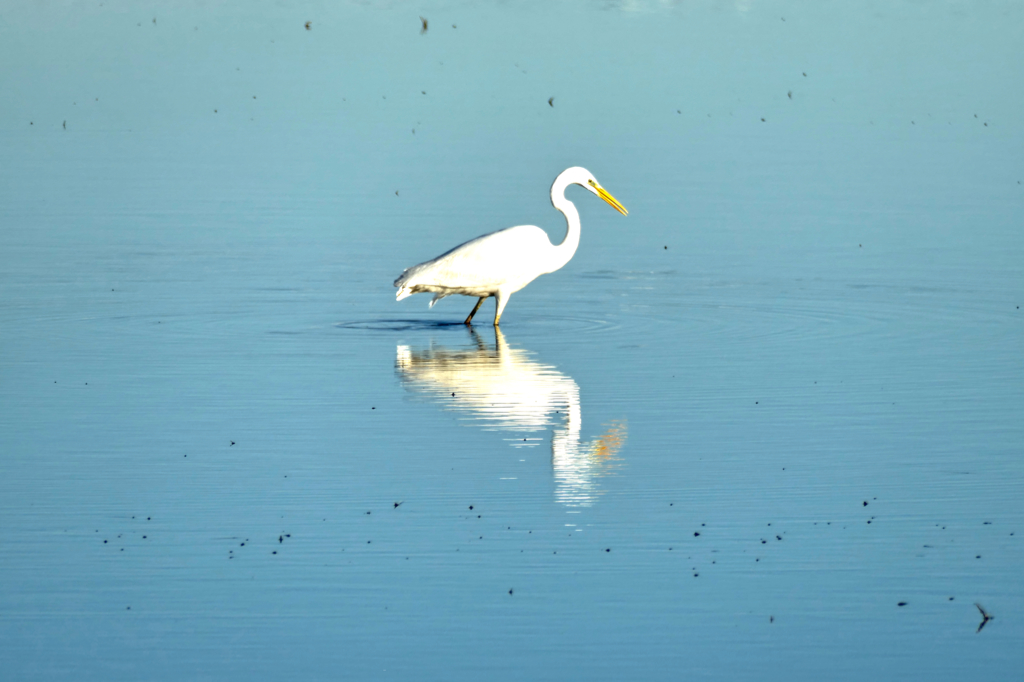
Obviously, there are different kinds of fish in the water such as sea bass and eels.
For the samarugo, hence, Valencia tooth carp in English, a series of protected areas have been installed throughout the Albufera. This fish, native to the Iberian Mediterranean coast, is in danger of extinction. The main reserve has been created in the municipality of Algemesí in the Albufera’s southwest.
Nevertheless, there are even protected areas for plants such as the white water lily, the purple loosestrife, the water-clover aka marsilea, as well as the carnivorous utricularia. But don’t you fear, the utricularia’s traps of up to 5 millimeters can only catch tiny prey.
Agriculture
The most important use of the lagoon has always been fishing. The wealth of fish was already appreciated in Moorish times. After the Reconquista, Aragonese and Spanish monarchs obtained a fifth of every catch. In 1857, fishing had to take place in a more orderly way. Treaties with the different fishing societies made sure that taxes were paid in cash and not in kind.

Over the years, fishing became abundant and industrialized so that substantial profits were generated. However, to this date, the occurrence of bass and eels has dropped worrisomely. On the other hand, the numbers of mullets and blue crabs have increased.
Nevertheless, today, less freshwater reaches the lagoon, hence its quality worsens. Better water management would be necessary to keep the environment for the fish and plants in a healthy condition.
Rice
Rice growing is another traditional trade at the Albufera. Although it became popular in far more recent times, namely in the 18th century, it is of major economic significance. However, rice paddies are also of environmental importance since they cater to plants and animals that are migrating from the lake itself. They can still thrive in the rice paddies that provide them with food and shelter.
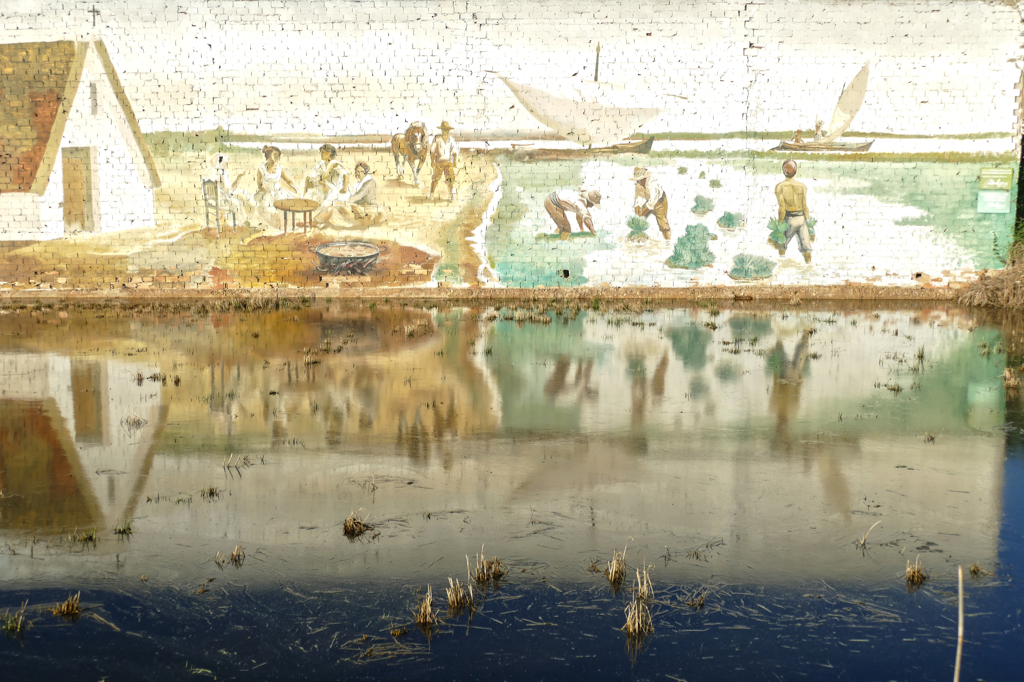
It was the Moors who introduced the cultivation of rice, together with many other great introductions and inventions. However, from the 15th century on, there were several periods of time when the growing of rice was prohibited. The large areas of stagnant water were a health hazard for the residents.
Today, the rice grown at the Albufera is the round type called bomba. It is the kind you’ll find in the real Valencian paella.
El Palmar
The idyllic town of El Palmar is located on the southern shores of the lagoon. It is home to 755 inhabitants. The tropical name derives from the abundance of palm trees growing in its surroundings.

The town center is bounded by the rice paddies of the Sequiota to the east and some small creeks. These are lined with lovely restaurants where you can enjoy some great local cuisine.

El Palmar is the most popular and characteristic settlement on the lake. Located in the center of the irrigated areas, ýou’ll be enchanted by the traditional houses lining narrow alleys. Rather than taking their car, El Palmar’s residents hop in their boat and row down the creeks.
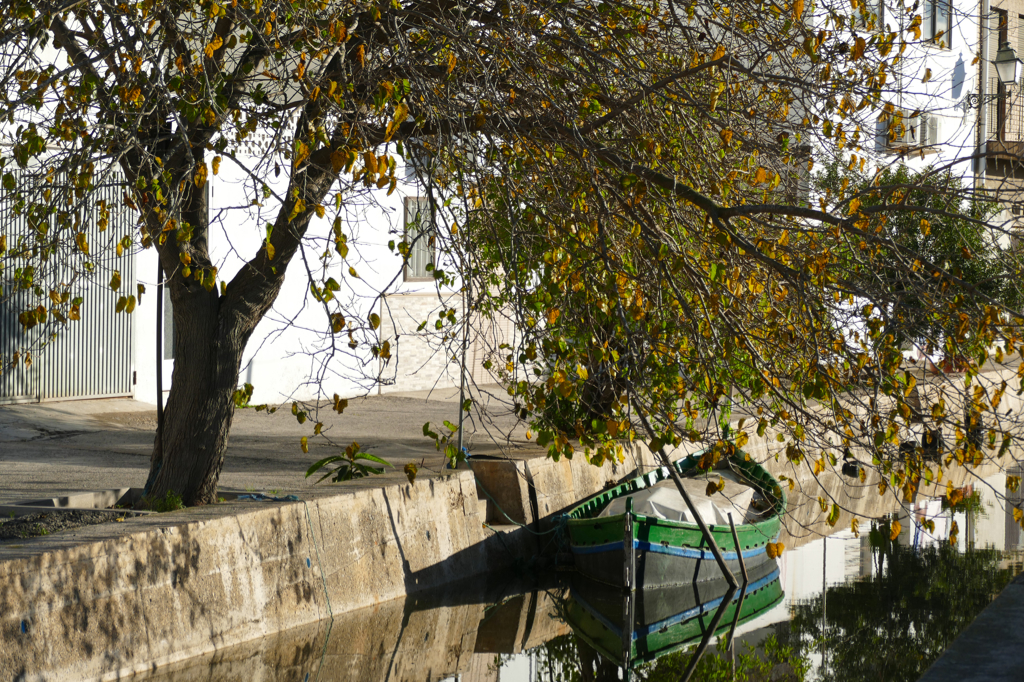
Hard to believe that the fishermen and their families began to establish their permanent residences on the isle of El Palmer only from the second half of the 18th century onwards. Before, most of the cabins were not inhabited but served for storage of fishing equipment or to take quick shelter. Their owners were mostly people from Valencia, Ruzafa, Catarroja, and Silla.
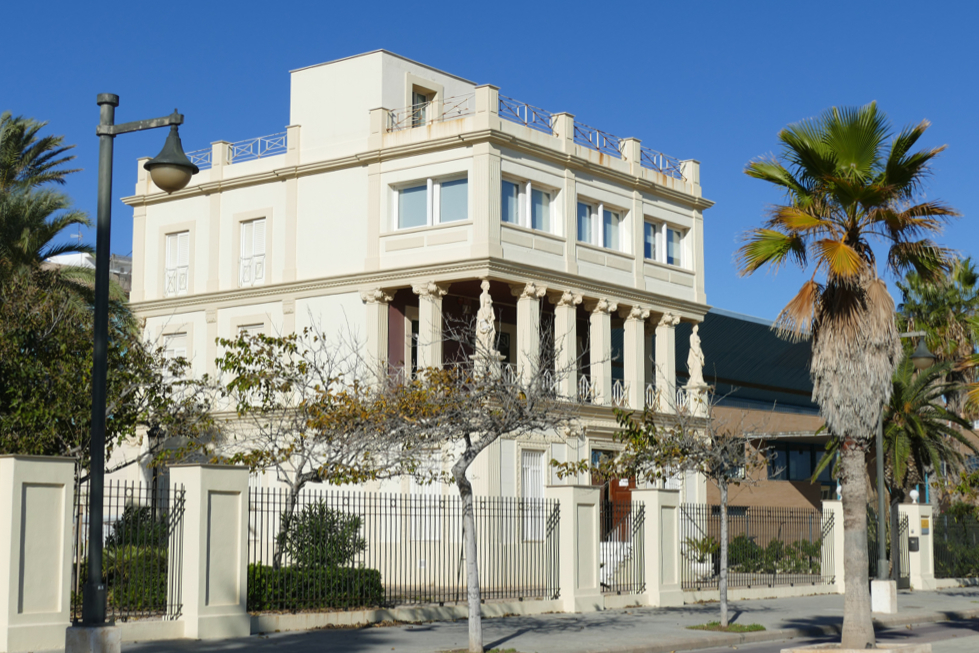
However, since El Palmar developed into such an endearing place, it’s no wonder that Valencia’s celebrated poet Vicente Blasco Ibáñez set his novel Cañas y Barro, Reeds and Mud in English, in the town of El Palmar and its surroundings in 1902. In 1978, it was adapted to a TV series. If you want to practice your Spanish, you can still watch it on the broadcaster RTVE’s youtube-channel.
Enjoying’N’Exploring
As I pointed out above, a nice day out at the Albufera de Valencia is probably the easiest and cheapest excursion you can take.
Due to Valencia’s mild Mediterranean climate, you can enjoy the Albufera’s diversity of flora and fauna year-round.
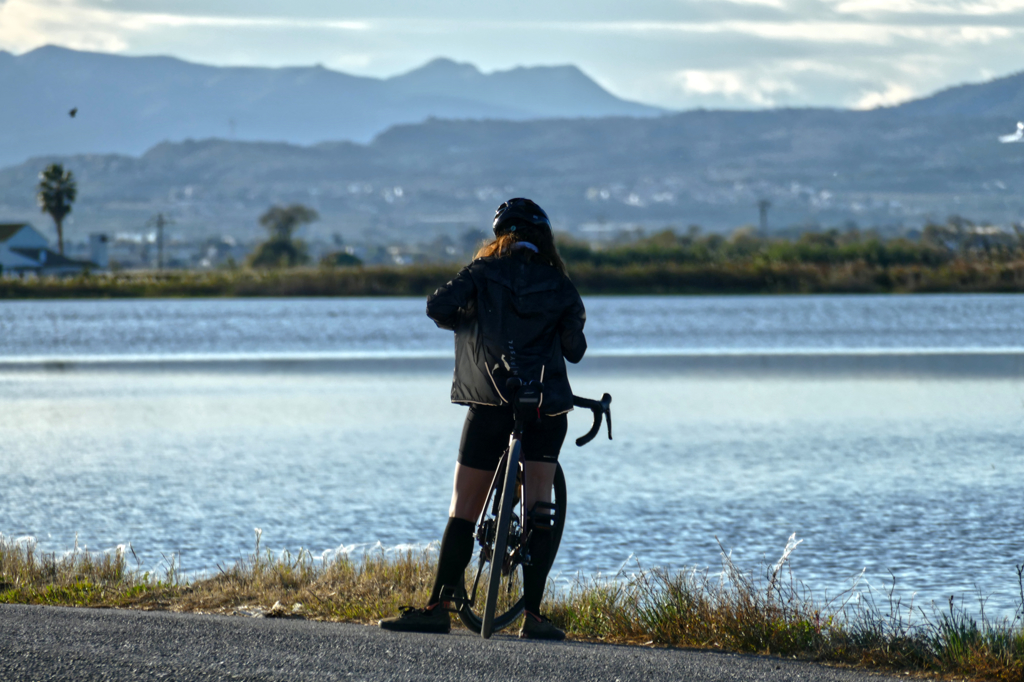
El Palmar is only the most popular gateway to the lake. Actually, there are many other great areas like for instance the Devesa de Saler north of the town. There you’ll find fields, but also sandbars and dunes next to beautiful beaches. The maquis shrubland gives this area an unmistakably Mediterranean flair.
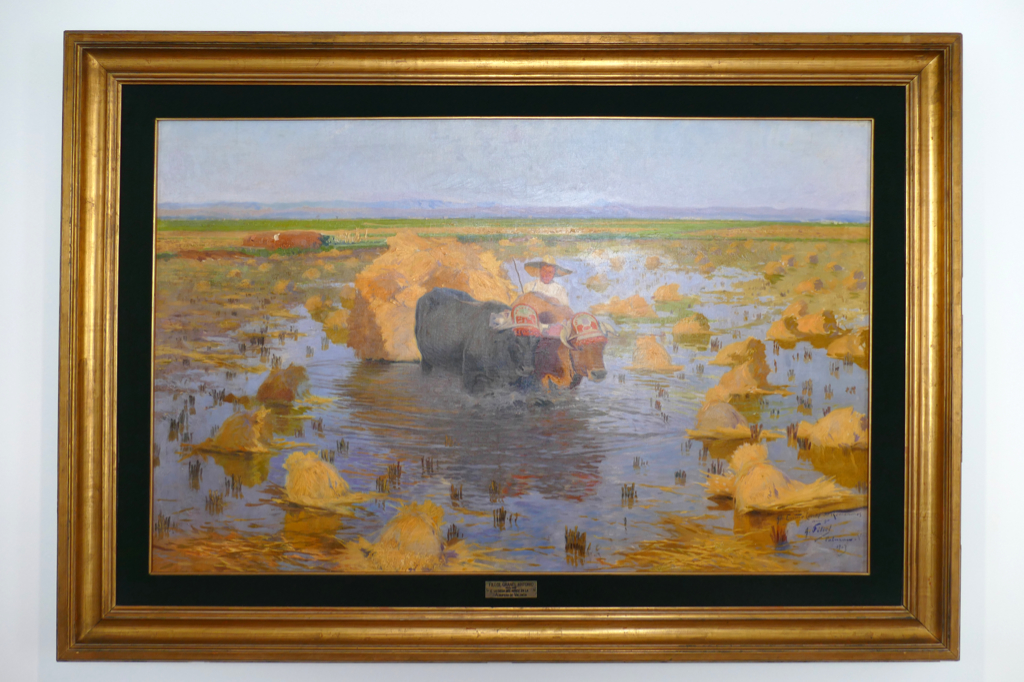
On the lake’s eastern shore approximately halfway between the Devesa de Saler and El Palmar is the Infomation Center Racó de L’Olla. Here, you can get all the information you need for an enjoyable visit.
They also have a bird observatory, a lookout tower, and a lovely picnic area.
The center is open every day from 9 a. m. to 2 p. m.
Not far from the Information Center is a shelter for birds and wildlife. If you are interested in their activities, you can pay them a visit from Monday to Friday between 8:30 a. m. and 3 p. m. and in the afternoon from 4 p. m. till 7 p. m. On weekends, they are open from 10 a. m. to 3 p. m.
To get to either of these spots, tell the bus driver you want to get off at the stop Cno Del Palmar.
If you prefer to go all the way to El Palmar, you can rent a bike there and meander around the lake and between the rice paddies. I don’t want to scare you, but make sure to check that it’s not hunting season.
Row Row Row the Boat
One of the most popular activities is a cruise on the Albufera lagoon, obviously. There are various spots around the lake where you can go on a tour on an Albuferenc, one of the traditional boats.

A one-hour cruise during the day costs as little as 4 €uros. If you want to go all the way and sail into the sunset, you’ll have to fork out an additional €uro.
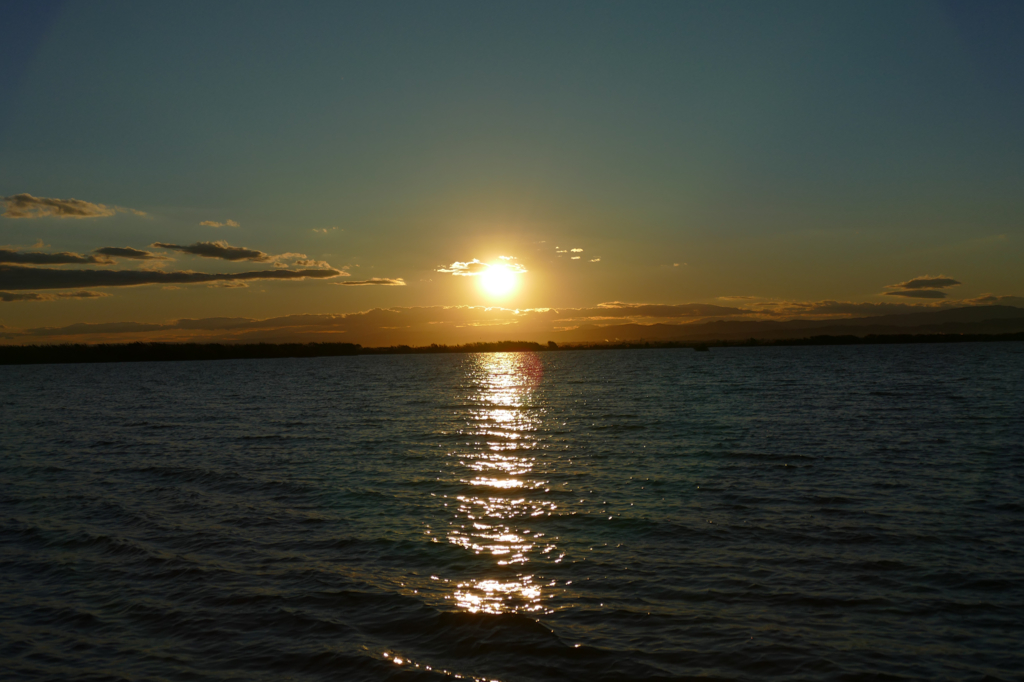
Obviously, you don’t have to go back on the same day. If you choose to enjoy the Albufera’s serenity, you can book yourself into one of the hotels, or set up a tent at one of the campsites.
Here are some great places where you can comfortably spend the night*:
Booking.comHow to Get There
Public Bus
The Albufera de Valencia lies only 11 kilometers south of the city. Therefore, it’s really easy to get there – and worth a visit even if you want to spend only a couple of hours.
You can just hop on the city bus either #24 or #25. Choose #24 to go to El Palmar and line #25 to El Perellonet. The ride will cost you as little as 1.50 €uros each way. If you have a Valencia Tourist Card*, these trips are included.

This is a comfortable and cheap way of travelling. However, according to my experience, you shouldn’t rely on bus drivers being helpful. They drive their bus and don’t consider themselves being tourist guides. Yes, I know, it wouldn’t cost them a thing at least to try to understand what you are asking or tell you where to get off. But mostly, they won’t. Therefore, read this post thoroughly before you go. This way, you’ll be prepared and won’t depend on the kindness of strangers bus drivers.
If you are the sporty kind, you can also cycle to the Albufera all the way from Valencia. After all, it’s only 11 kilometers, and there is a cycle path parallel to the V-15 federal road.
Finally, there is also the option to cycle on a 78-kilometer circular route from Valencia, winding your way through the rice paddies, the marshland, and the coastal forest.
Tourist Bus
Another way to go on a trip to the Albufera Natural Park is by the Albufera Bus Turístic. However, this option is rather a race through paradise since the entire tour takes only about two hours. And a boat ride is included, too.
You can get on the bus at different spots around the city, for instance at the Plaza de la Reina, Palacio de Congresos, or the City of Arts and Sciences. During the low season, there are three daily buses, during the high season up to five. Since the frequency and the schedule differ according to seasons, make sure to check out your options thoroughly.
The ticket costs 19 €uros for adults and 12 €uros for kids between 7 and 16 years of age. They include return travel on the same bus, information during the bus ride, and a 30 minutes boat trip on the lagoon.
As there are various buses per day, it’s possible to return to Valencia on another coach. However, you’ll then have to pay a surcharge.
You can also book a tour that includes a set three-course lunch with local Paella as the main dish. This option costs 34 €uros for adults and 25 €uros
What to Eat
As I mentioned above, the creeks of El Palmar are lined with lovely restaurants. Obviously, all of them have tables right next to the waters so that you can enjoy your food in a truly idyllic setting. Apart from the ever-present tapas, you need to enjoy real Valencian Paella or another one of their iconic rice dishes like for instance Arroz Negro Valenciano, local rice, blackened with squid ink.

While rice dishes prevail, you might want to leave room for some grilled squid. Other excellent seafood options are battered, deep-fried baby squid and cod croquettes.
Organized Tours
Especially as a solo-traveller, sometimes it’s more reassuring and enjoyable to join an organized tour – even if it might be a little more costly. If you want to leave all the organizing and hassle to others, you should consider joining one of these tailor-made tours:
Pinnable Pictures
If you choose to pin this post for later, please use one of these pictures:

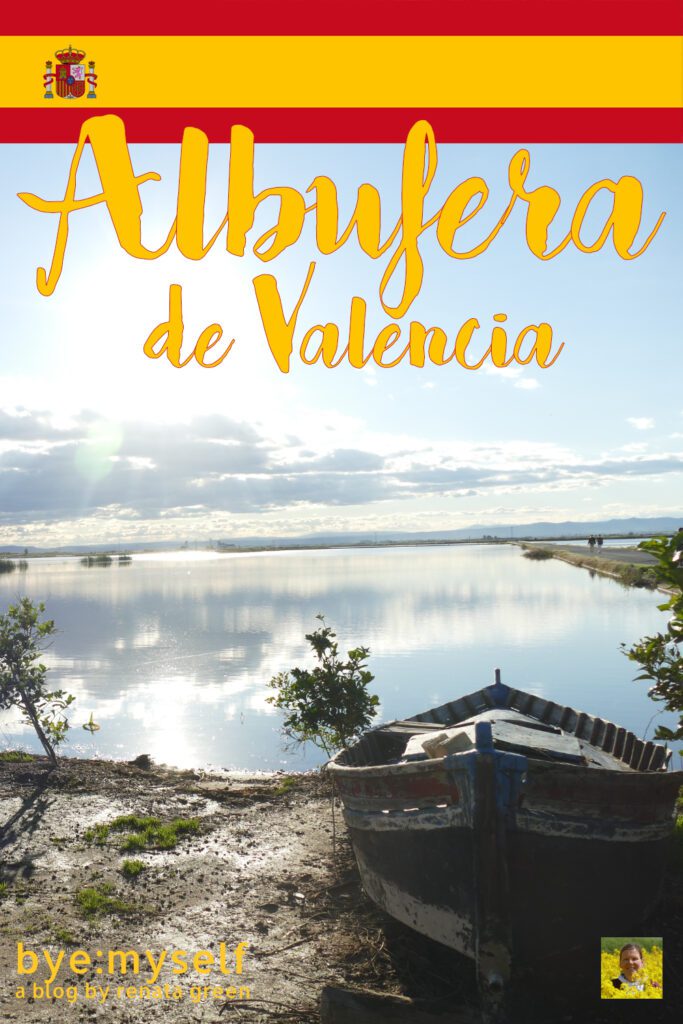
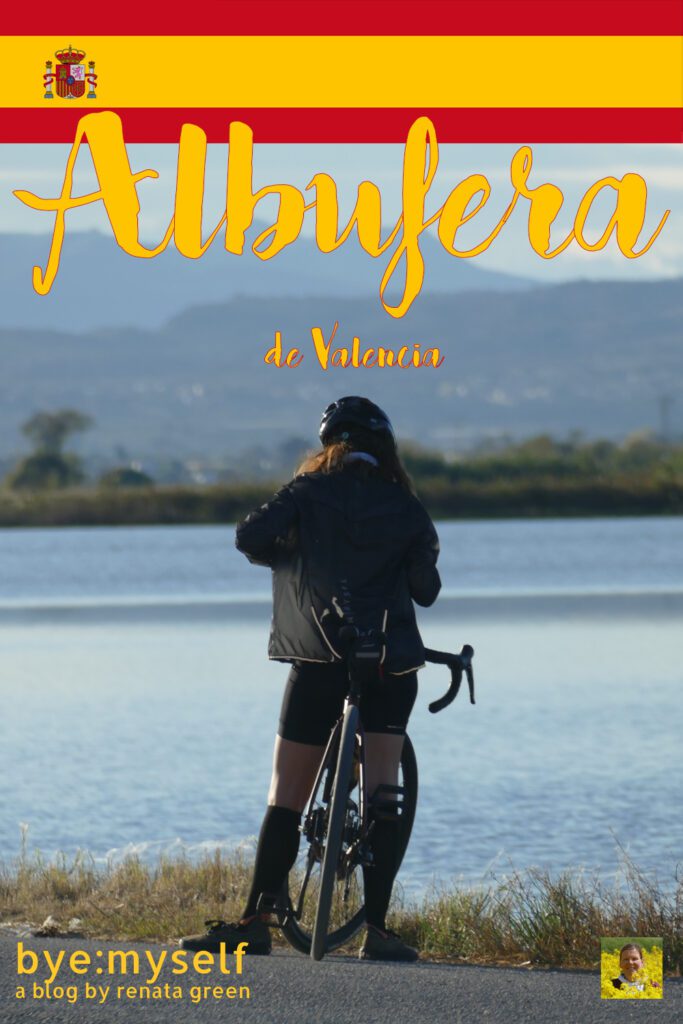
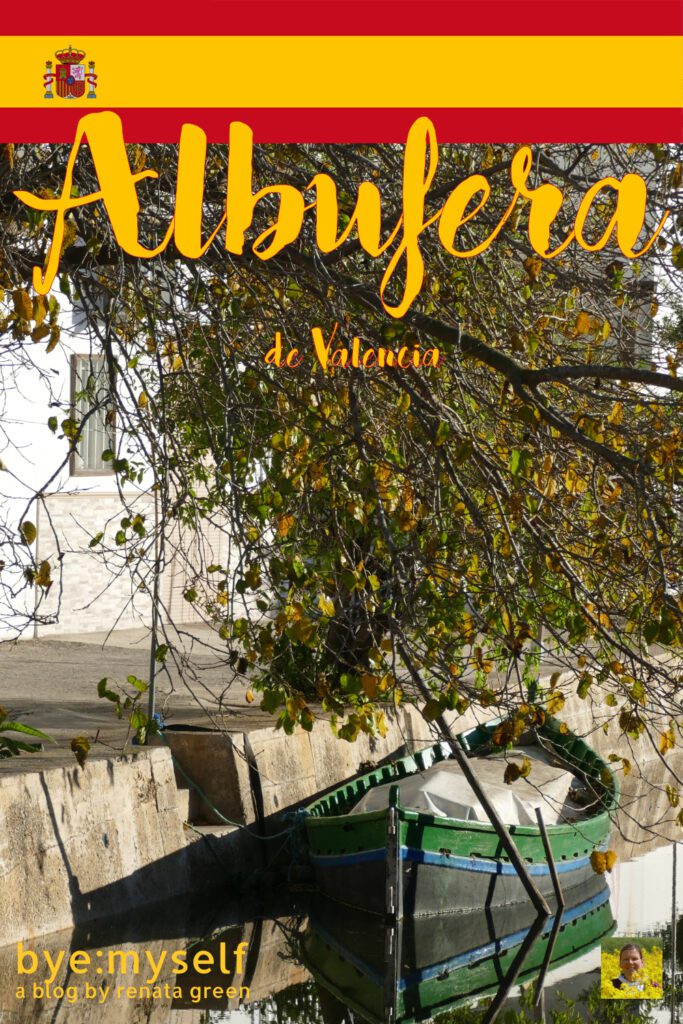
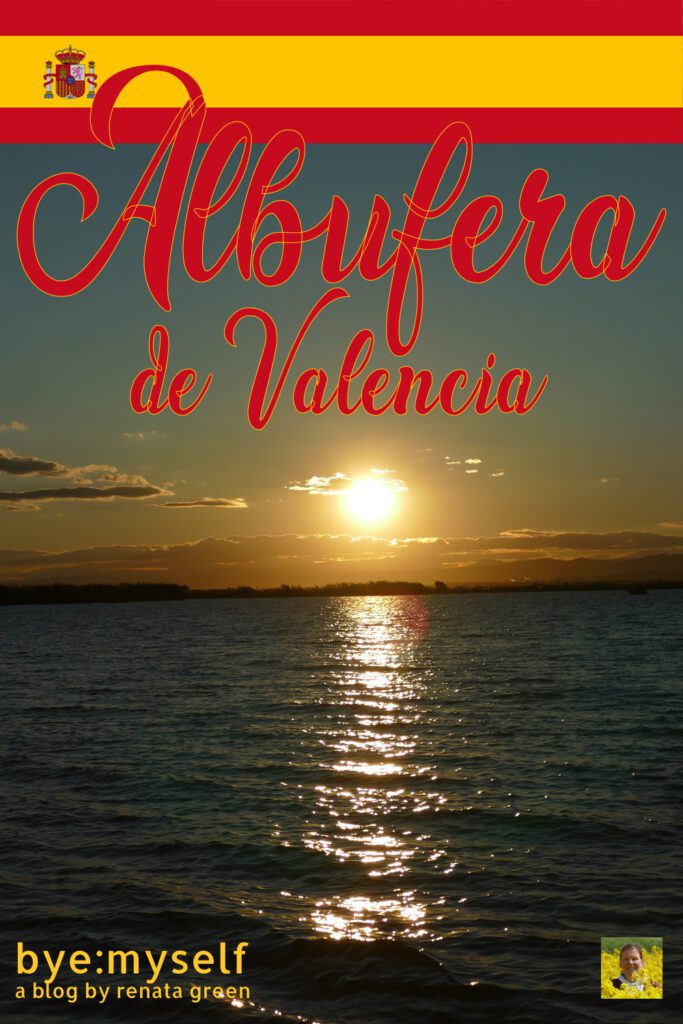

Did You Enjoy This Post? Then You Might Like Also These:
How to See the Highlights of LANZAROTE in Two Days
Best STREET ART in PALMA de MALLORCA
Visit to the Sunday Market of TEROR and the charming town of ARUCAS
MALLORCA – the best easy hikes
LA GOMERA – How to Explore the Canaries’ Ravishing Wild Child by Public Bus
Guide to SEVILLE – Three Days Right Where Andalusia’s Heart is Beating to the Rhythm of Flamenco
Street Art in SEVILLE: Arte Para Todos in the San Pablo District
FORNALUTX – the Most Delightful Village in the Tramuntana Mountains
* This is an affiliate link. Hence, If you book through this page, not only do you get the best deal. I also get a small commission that helps me run this blog. Thank you so much for supporting me!

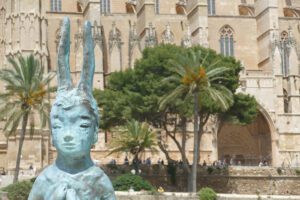
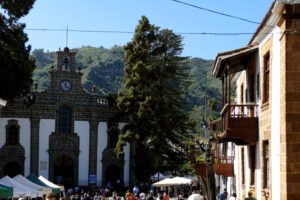




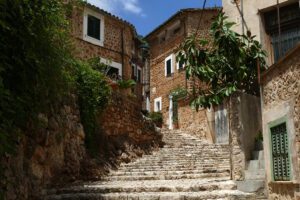
Hi. Great article. If I get to Albufeira by Bus from Valencia, are there any bike rentals at the beginning of Albufeira when I can rent a bike and do my own thing?
Thanks
Shawna
The best thing is to go to VisitAlbufera on Avinguda dels Pinars 6. They supply you with info and you can rent a bike. However, you can also rent a bike in Valencia and go the Albufera cycling. Hope this helps – either way, you’ll have a great time, it’s truly beautiful 🙂
Now I know what albufera means since I have read about another in the Algarve of Southern Portugal. Fishing and rice farming are two industries there. But birdwatching must be great! And, as you said…cycling!
I love it when my readers learn little details from my posts 😉
I would love to do a day trip to the Albufera Nature Reserve from Valencia. Valencia is on the list anyway – now I have added the Nature Reserve. Interesting that they grow rice there. Cycling seems to be an enjoyable way to explore the area.
It’s really great – and not as overcrowded as other cities in Spain.
To be honest, I was also a bit surprised. On the other hand, they need it as they eat a lot of Paella 😉
It looks like there is a lot to do here and a lot of awesome sights to see…the lagoon, rice growing, which is really interesting, the boat ride. And the boat ride is something I would enjoy.
Slowly gliding into the sunset was a lovely experience 🙂
I like the rustic landscape in the first few pictures of your blog. It looks like a quiet place. The house of Vicente Blasco Ibáñez is unique. I’m sure there are more such buildings. Thanks for sharing this place.
It’s a very serene place 🙂
I love every part of this. I hadn’t heard of this area before but you have completely sold it. The lagoon, the quant waterfront and a boat trip would be right up my street. Great post, thank you for sharing
This certainly looks like a lovely place to escape the city for a day! The first picture in this post is stunning. I would definitely have to row a boat across the lake if I ever visit. That would be such a great way to spend a day.
Thank you, Kat. I found that the first picture illustrates perfectly what the Albufera is all about. Glad you like it 🙂
I love how residents can hop in a boat and row down the creek to go places. I have always wanted to experience that, whether while on vacation or at a new home.
Yes, I have seen that in Venice for the first time – pretty cool. 😀
Home of 10,000 specimens of red duck and 20,000 specimens of common spoonbill. That’s wow for me as I don’t even know there are that many specimens of red duck and common spoonbill. Albufera Nature Park looks like a place to go when you are looking for a peaceful time and far from crowds.
Yes, it definitely is very serene. 🙂
El Palmar sounds idyllic and amazing! I can imagine the sounds of the water as you step out of one of the small houses lining the lake. Will definitely have to visit the next time I go to Spain!
It’s a very serene area and a nice break from a…nice break 😉
When we get to Spain, we always end up spending our time in the cities. One day we need to plan some time to get out and enjoy a great outdoor spot like Albufera Nature Reserve. I could certainly spend some relaxing time alongside the lagoon watching for birds. Or enjoy a boat trip on the lagoon. Although I must admit that pic of a crowded boat would not appeal at all!
I’m also mostly a big city gal, however, the Albufera is so quick and easy to reach, you can easily go just for an afternoon – and possibly enjoy a Paella dinner after your cruise into the sunset 😉
I think it would be cool to rent bikes to see the area. But I also would love the boat tour.
You can easily combine both – actually, that’s what many people do.
I didn’t manage to see Albufera during my trip to Valencia because I had little time, and it was also scorching, so the lagoons did not look so attractive. Wasn’t too many birds as well. But I have a plan to see them, as I love photographing birds—excellent guide and tips for this place. I also add El Palmar to my list. It seems so charming.
I really liked it – very laid-back. If I have more time on my next visit, I’ll actually cycle there 😉